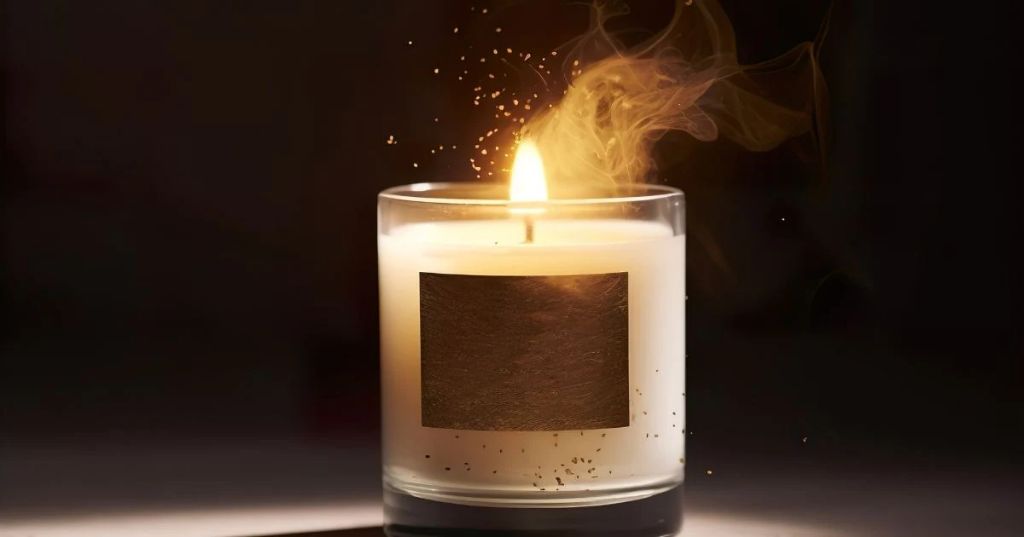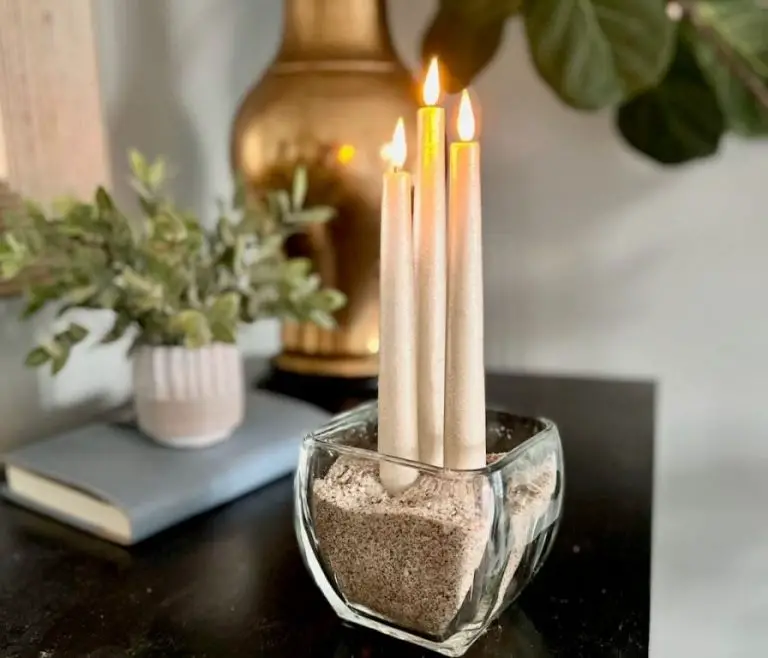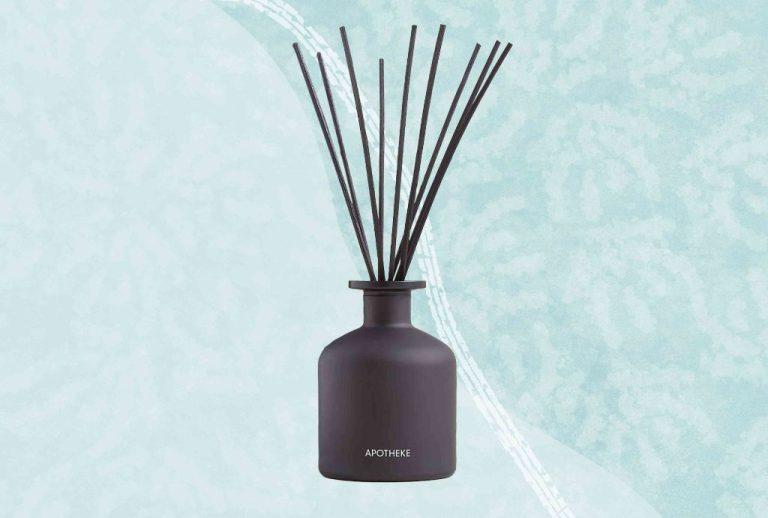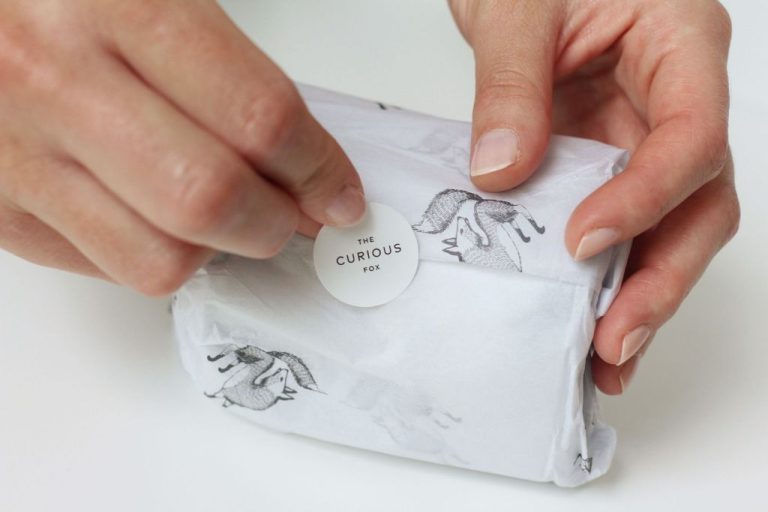Why Does My Candle Smell Bad After Blowing Out?
Blowing out a candle seems simple enough – you exhale to extinguish the flame. But sometimes after blowing out a candle, you notice an unpleasant or strong scent. This phenomenon is common and can be explained by the science behind how candles work.
Candles release fragrance through a process called passive diffusion. The heat of the flame warms the wax and fragrance oils, causing them to evaporate into the air. The evaporation rate depends on the candle’s temperature. A hot, freshly extinguished candle will have a higher evaporation rate and release more fragrance.
When you blow out a candle, the remaining heat can accelerate the release of scent compounds. Additionally, the air flow from blowing can stir up smoke and unburned impurities. The abrupt temperature change also impacts fragrance molecules. This combination of factors results in an unexpectedly strong scent.
In this article, we’ll explore the science behind a candle’s smell after it’s been blown out and what causes this common occurrence.
Waxy Soot
When you blow out a candle, some of the melted wax vaporizes into tiny airborne particles before the flame is fully extinguished. As the candle cools, these wax particles solidify into a powdery black substance called soot that is released into the air (Harlem Candle Company).
The wax vapor is a natural byproduct of the candle burning process. However, blowing out a candle before the wax pool has fully solidified again sends more wax up into the air, resulting in increased soot production (Aluminate Life). Letting the wax pool completely solidify first produces less soot when extinguishing the flame.
The waxy soot particles give off the slightly burnt smell that is often noticed after blowing out a candle. The soot eventually settles on surfaces near the candle, contributing to the black smoky residue sometimes seen on jars, walls, and ceilings over time.
Unburned Wick
Blowing out a candle leaves unburned portions of the wick that continue to smolder and produce smoke even after the flame is extinguished. When a candle burns, the wax melts and travels up the wick, where it vaporizes and combusts with oxygen in the air. However, blowing air onto a flame disrupts this process and extinguishes the flame before the wax-soaked wick has been fully consumed.
According to a Reddit discussion on r/explainlikeimfive, “Blow out the flame, and now there’s no flame to sustain the burning of the wick, but there’s still plenty of unburnt wax in the wick. That wax keeps evaporating and making smoke for a little while after you blow out the flame.”[1] The remaining unburned portions of the wick continue undergoing pyrolysis, breaking down thermally without oxygen, producing smoke and the characteristic “just blown out” candle smell.
Lack of Fragrance
When a candle is burning, the heat from the flame vaporizes and activates the fragrance oils in the wax, which allows scent to be emitted into the air. This is why you can smell the lovely fragrance of a burning candle. According to Candle Science, “The heat of the flame vaporizes the fragrant oils which have been blended into the wax, dispersing them into the air to create the candle’s scent.”
Once you extinguish the flame by blowing it out, the heat source is removed. Without the flame to activate and vaporize the fragrance oils, no scent can be emitted into the air. This lack of fragrance is likely the main reason an extinguished candle can smell bad or unpleasant. The pleasant smelling fragrance oils are no longer being dispersed, allowing other less pleasant smells to stand out.

As explained on the Citrus Lane blog, “While the wax simply evaporates, the fragrance emits a scent as it is vaporized by the candle flame. When you blow out the candle, the flame vaporizing the fragrance is extinguished, and the lovely scent fades.”
Changed Scent Profile
When a candle is burning, the heat from the flame helps activate and release the fragrant oils infused in the wax. This allows the intended aroma to fill the room. However, once the candle is blown out, the scent profile often changes and smells different. This is because without the flame, the fragrant oils are not fully activated and vaporized as designed.
According to a Reddit discussion on r/explainlikeimfive, “The scent is often oil based. If you burn the oil, you destroy the scent. But blowing it out, allows it to smolder thereby vaporizing the oil differently” (Source). The smoldering wick gives off a different smell than the fully burned oils when the flame is present.
Additionally, an article on Independent.co.uk notes that “blowing out a candle can ruin the hours you spent burning it for its scent, as it replaces the fragrance with the smell of smoke” (Source). The smoke particles from the extinguished wick mingle with the fragrance, altering the scent profile.
Heat Activates Fragrance
The heat from a candle’s flame is what activates and releases the fragrance oils in a candle. Fragrance oils are blended into melted wax at temperatures between 185-200°F. This allows the fragrance oil molecules to bind to the wax molecules as the candle hardens. When the candle is lit, the heat from the flame causes the wax to melt and release the bound fragrance oil molecules into the air. According to research published on Armatage Candle Company’s blog, fragrance oils should be added between 185-200°F to properly blend with the melted wax and create optimal scent throw in the finished candle.
The high heat from an active flame causes more fragrance to be released initially. After blowing out the flame, the remaining wax cools and the diffusion of fragrance molecules slows down dramatically without heat aiding the release. This results in less fragrance released into the air, which can cause the candle to have less scent or a slightly altered scent profile compared to when it was burning.
Oxygen Availability
When a candle is burning, it is consuming oxygen in the surrounding air. This oxygen is necessary for the combustion reaction that allows the candle wax to burn and release energy in the form of light and heat. According to The Candle Land, “However, the burning of a candle itself is a process which cannot take place in the absence of oxygen.”
As the candle burns, the oxygen level around the flame begins to drop. When you blow out the candle, it stops consuming oxygen in that immediate area. With the flame extinguished, oxygen can once again flow freely in that space.
With increased oxygen availability after blowing out the candle, the fragrance molecules have more oxygen to interact with. This sudden increase in oxygen exposure can temporarily change the scent profile, often causing the fragrance to smell stronger or different than when the candle was burning. The effect is temporary until the oxygen level stabilizes again.
Smoke Particles
The smoke released from a burning candle contains tiny particles that can cause unwanted odors, even if the candle is unscented. According to National Geographic, the particles in candle smoke include “soot, benzene, toluene, and other polyaromatic hydrocarbons” which can irritate lungs and airways [1]. Scented or unscented, the smoke carries microscopic debris that contributes to indoor air pollution.
When a candle burns, it produces smoke particles regardless of added fragrances. The particles themselves have an unpleasant smell, especially when concentrated in an enclosed space after blowing out a candle. According to a source from Filtrete, burning candles emit particles that “leave behind soot on walls and furniture” leading to “lingering odors” even without artificial scents [2]. The smoke debris itself has a bad smell after a candle is extinguished.
Wick Smoke
A primary reason an extinguished candle may smell bad is from burnt wick smoke. As the wick burns down, it releases smoke made up of tiny unburned carbon particles [1]. When you blow out the flame, the wick continues to smolder and give off smoke. This smoke often has an unpleasant burnt smell. The smoke particles can also absorb and alter some of the fragrance compounds in the candle wax, changing the candle’s intended scent.
Conclusion
In summary, the scent of a candle often changes or smells unpleasant after being blown out due to a few key factors. When a candle is burning, the heat helps vaporize and disperse the fragrance oils evenly into the air. Once blown out, the wax and wick are still hot and undergo pyrolysis, which breaks down the wax and fragrance molecules in a different way, creating smoke particles that carry altered scents. Additionally, the lack of evenly dispersed heat and oxygen availability changes the scent profile. The smoke particles from the wick and wax create a more concentrated, burnt scent rather than the light, pleasant fragrance released while the candle is burning. Allowing the candle to cool completely before relighting can help avoid undesirable smells. Overall, the different distribution of heat, oxygen, and smoke particles are the main drivers in the noticeable scent change once a candle flame has been extinguished.






